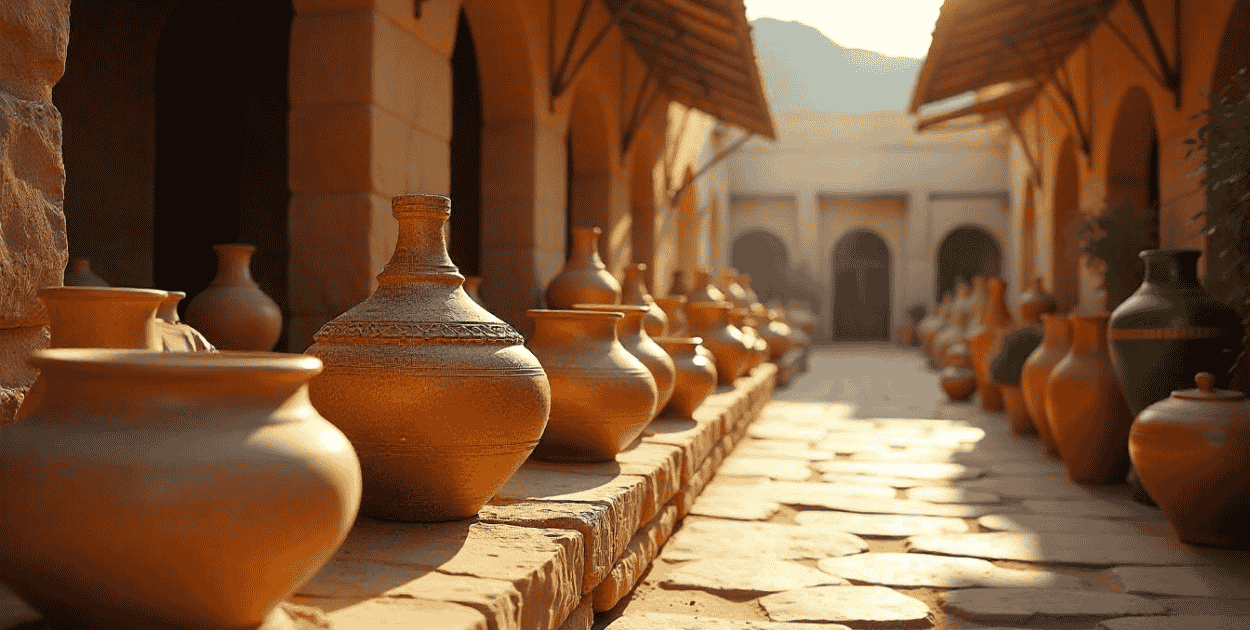The word “Sodziu” holds a special place in the hearts of many, particularly within the Lithuanian community. It is not just a term; it embodies a rich tapestry of language, identity, and place. Understanding Sodziu is essential for grasping the nuances of Lithuanian culture and heritage. We will explore its meaning, historical significance, cultural context, geographic references, and role in food, literature, and modern usage.
Historical Significance
Various historical texts and documents mention the term Sodziu, often reflecting the agricultural and communal lifestyle of Lithuanian villages. Researchers trace its roots back to the early days of Lithuanian history, where people used it to describe small settlements or communities. Over time, the word has evolved, adapting to the changing social and cultural landscapes of Lithuania.
The term deeply connects to Lithuanian heritage, symbolizing the close-knit nature of rural life. The evolution of its use over time illustrates how language can reflect societal changes, from agrarian roots to modern interpretations. This connection to heritage is vital for understanding the identity of those who identify with the term.
Sodziu cuisine
Sodziu cuisine is a hidden gem within the rich tapestry of Lithuanian culinary traditions. Rooted in the agricultural practices and communal lifestyles of rural Lithuania, it reflects a deep connection to the land and its seasonal bounty. This culinary tradition is not merely about food; it embodies the essence of community, family, and cultural heritage. Each dish tells a story, passed down through generations, celebrating the flavors and ingredients that define the region.
Sodziu cuisine is characterized by its hearty, comforting dishes that often feature locally sourced ingredients. The emphasis on seasonal produce and traditional cooking methods creates a unique culinary experience that resonates with both locals and those eager to explore the flavors of Lithuania. As we delve into the key ingredients and traditional dishes of cuisine, we will uncover the rich flavors and cultural significance that make it a delightful journey for the palate.
Food, Community, and Traditions
Food occupies a key position in the life of Sodziu societies. Traditional foods prepared from seasonal produce are not mere meals; they are a celebration of the land and its gift. Meals symbolize togetherness, bringing families and friends together to share stories and create lasting memories.
Festivals and communal gatherings often feature these traditional dishes, reinforcing the bonds within the community. The act of sharing food is a powerful expression of cultural continuity, highlighting the importance of Sodziu in maintaining traditions and fostering a sense of belonging.
Cultural and Social Context
In everyday conversation, “Sodziu” is often used to evoke feelings of nostalgia and belonging. It represents not just a place but a way of life characterized by community, tradition, and shared experiences. You can find the term in various expressions and idioms, often conveying warmth and familiarity.
Emotionally, it has a tone of love and pride. It captures the spirit of Lithuanian identity, where community bonds and traditional ways are valued. The use it in conversation often sparks discussions about family, heritage, and the importance of maintaining cultural traditions.
Geographic Reference
Several villages named Sodzių or similar exist across Lithuania, each boasting its own unique history and demographics. These villages often feature agricultural landscapes and traditional lifestyles, which make them integral to Lithuanian identity.
These villages serve as cultural hubs where communities preserve and celebrate their traditions, extending their relevance beyond mere geography. The communities within these villages embody the spirit of Sodziu, showcasing the importance of place in shaping identity and cultural continuity.
Use in Literature, Music, or Media
Sodziu has found its way into various forms of artistic expression, including poetry, folk songs, and even contemporary media. In literature, it often symbolizes the beauty of rural life and the deep connections people have with their land and community.
Songs that use this word have a nostalgic and prideful quality, hailing the simplicity and richness of rural life. These artistic representations contribute to the symbolic meanings associated with the term, reinforcing its cultural significance.
Modern Usage and Internet Presence
In today’s digital age, “Sodziu” has made its mark on social media and internet culture. It is often used in memes, posts, and informal communication, reflecting a modern interpretation of the term. Trends in Google searches indicate a growing interest in Sodziu, particularly among younger generations seeking to connect with their roots.
However, there are also common misconceptions about the term. Some may view it merely as a quaint reference to rural life, overlooking its deeper cultural and historical significance. Understanding the full context is essential for appreciating its role in contemporary discussions about identity and heritage.
Comparison to Similar Words or Concepts
When comparing Sodziu to similar words like “kaimas” (which means village), it becomes clear that while both terms refer to community living, this term carries a more profound emotional and cultural weight. Kaimas is a broader term, while the other evokes specific imagery and feelings tied to Lithuanian heritage.
In other cultures and languages, equivalent terms may exist, but they often lack the same depth of meaning associated with this term. This uniqueness highlights the importance of preserving native terms that encapsulate cultural identity.
Conclusion
The cultural depth behind “Sodziu” is a testament to the richness of Lithuanian heritage.It reminds us of the role language plays in maintaining identity and creating community ties. As we explore and embrace terms, we not only honor our past but also pave the way for future generations to appreciate their roots.
Encouraging the use of such native terms is vital in maintaining cultural continuity and ensuring that the stories and traditions associated with them are not lost. By engaging with Sodziu, we invite others to discover the beauty of Lithuanian culture and the significance of community, food, and shared experiences.














Post Comment